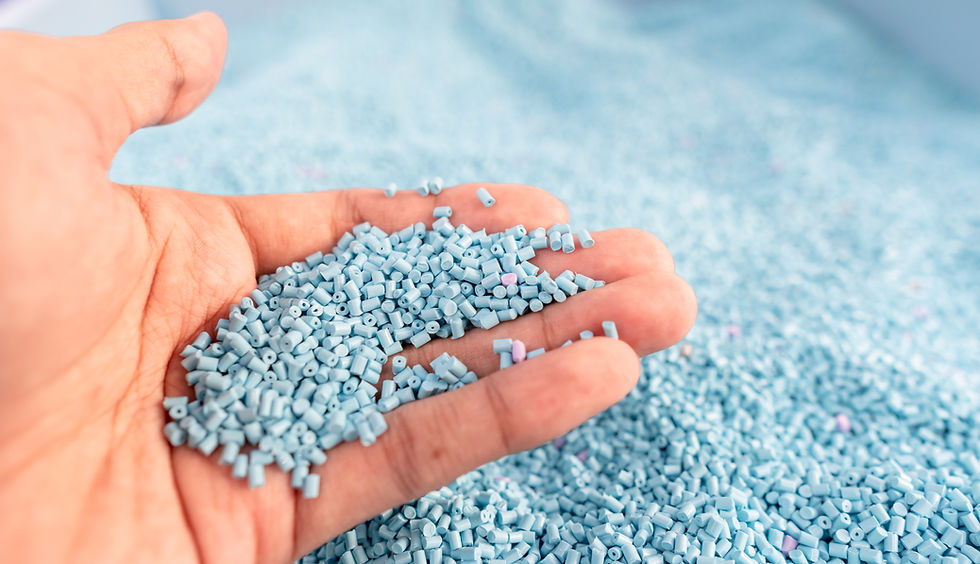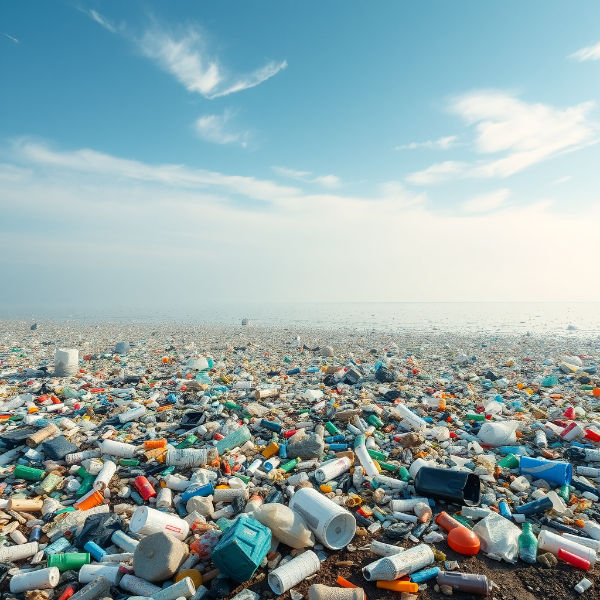Saving Planet Earth: Taking Control of the Plastic Pollution
- Emina Helić Čamdžić
- Aug 20
- 3 min read
Updated: Aug 21

Every day around 500 million plastic straws are used. Plastic pollution is more than an environmental challenge; it is a serious challenge to the human health, wildlife and the future of the planet Earth. Plastic pollution is the buildup of plastic items in the environment.

Understanding Plastic Pollution
It is known that plastic straws need about 200 to 500 years to degrade, which makes us think what impact does this have on the future generations and the environment. Not only is the plastic filling our landfills, littering our streets, also ending up in our rivers and the seaside.
This figure highlights our heavy reliance on plastic and emphasises the urgent need to solve this growing problem. The convenience of single-use plastics, such as bags, bottles, and straws, has resulted in their widespread use and disposal. Because plastics can take hundreds of years to decompose, their presence in nature is not just harmful , is long-lasting.


The Impact on Wildlife
The impact of plastic pollution on wildlife is far-reaching. For instance, sea turtles often mistake plastic bags for jellyfish. Birds frequently consume small plastic pieces, thinking they are food, which can obstruct their digestive systems. This alarming situation underscores the urgent need for us to take action to protect vulnerable species. Implementing effective recycling programs and reducing the use of single-use plastics are essential steps in minimising the risks faced by wildlife.

The Scale of the Issue
The visible impact of plastic waste tarnishes the beauty of nature and emphasises the urgent need for action.
Land Pollution
Plastic pollution doesn't stop at the ocean. Littered landscapes and overflowing landfills show the impact of the negligence of land pollution with plastic.

Food chains
Many drink and food chains have acknowledged that they are removing single-use plastic straws from their use. While some are doing this by totally removing the use of plastic straws, other chains have been more creative in their work announcing the use of recycled paper straws, bamboo and sippy cup-type lid. Of course, it is understood that plastic straws are a more hygienic way of using glasses for drinks, while glasses are used for drinks to enjoy in the cafe, paper glasses are used for take-a-way drinks. If paper glasses are used for take-a-way drinks, do we need straws, and if so, why wouldn't they also be of paper?
While restaurants and cafes in Bosnia and Herzegovina are still mostly using plastic straws, will the need to ask customers if they want straws at all, be a more customers- oriented place to go, a place where people would enjoy their stay?

As Starbucks and McDonalds have announced, they are withdrawing all plastic straws from their chains. And the EU has agreed to ban plastic straws among other products as it "will reduce the environmental damage bill by €22 billion, which is the cost of plastic pollution in Europe until 2030". Starbucks was doing so until 2020, in all their 8.000 restaurant and cafes. Although there is no Starbucks in Bosnia and Herzegovina, in all bigger cities there is the McDonald chain. While the café's and restaurants didn´t remove their plastic straws yet from their cups, will they do so before other cities announced.

Strategies for Reducing Plastic Waste
Addressing plastic pollution requires a multi-faceted approach that involves governments, industries, and individuals. Effective actions can include:
Implementing Legislation: Governments should enforce stricter regulations on plastic use.
Community Involvement: Local communities should organise clean-up events to tackle plastic pollution in their neighbourhoods, significantly improving local ecosystems. Initiatives, such as clean-ups, not only remove trash and also raise awareness about responsible waste management.
Innovative Solutions: Industries should direct funding towards natural, organic materials instead of conventional plastics. For example, to create products from materials such as cornstarch, which can biodegrade within months, instead of centuries.
By uniting efforts, we can build a culture of responsibility and innovation in stopping plastic waste.
For more articles visit the Blueprint blog at: WWW.EMINENT-ATELIER.COM
Share with friends.



